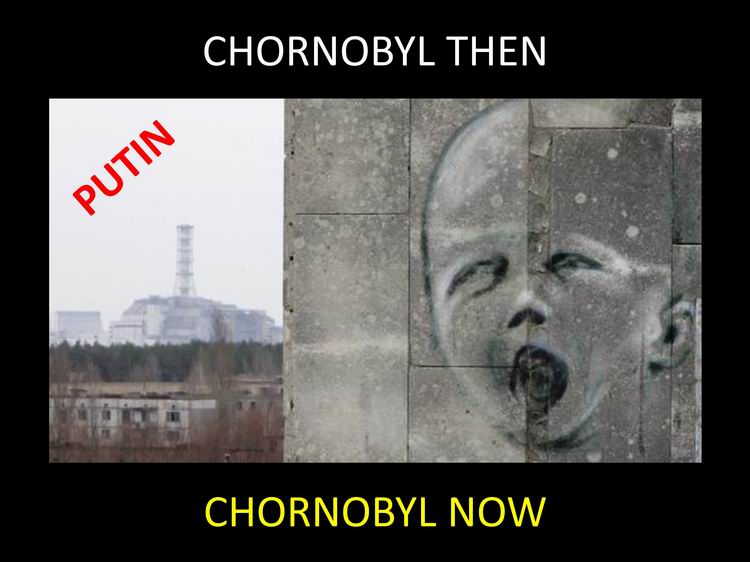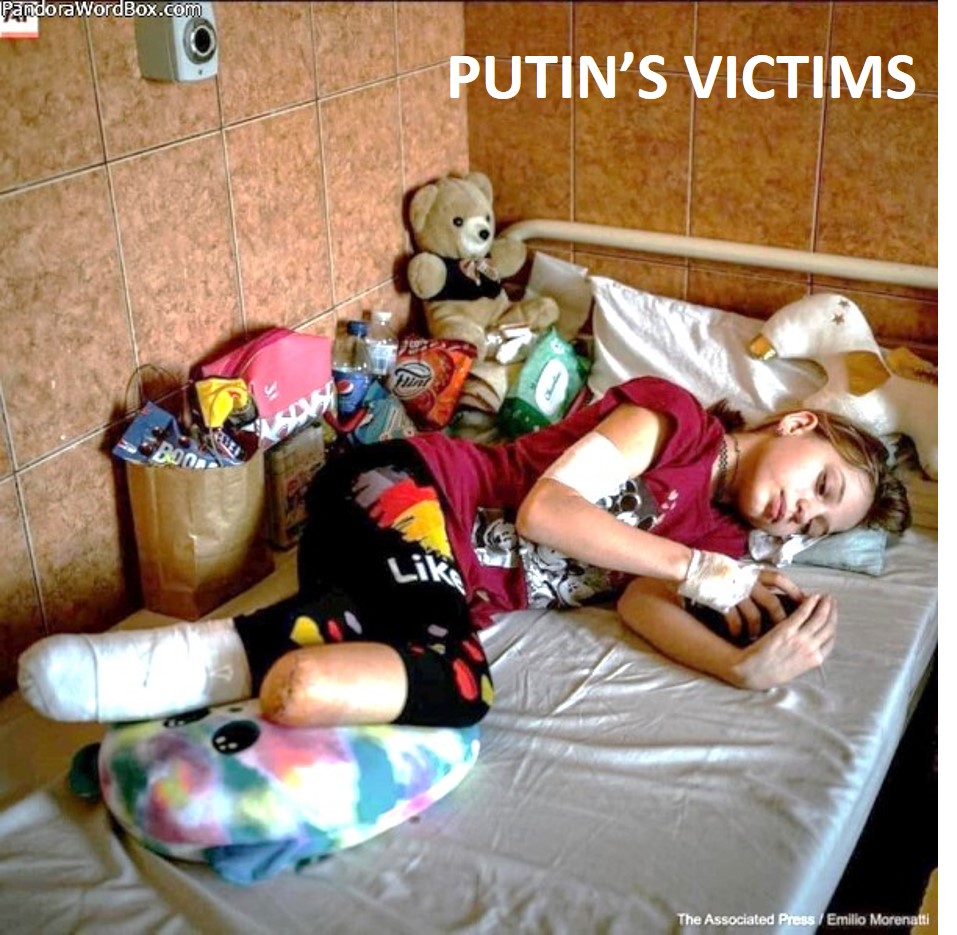Thalidomide - A $70 million comeback |
Thalidomide is back. The drug was banned after it caused malformations in thousands of children. It was marketed since 1957 in 48 countries but not the U.S. where it was banned by F.D.A. regulators. The number of malformed children was probably largest in Germany and Japan. The Thalidomide tragedy in Japan was extensively analyzed in 1987 by Dr. M. Kida (see Book Review next page).
The global impact of Thalidomide on medicine was analyzed by the late Dr. Josef Warkany and other leading teratologists. (see companion article).
Recently U.S. regulators approved thalidomide as a treatment of leprosy. In fact, Thalidomide is more likely to be used as a potent anti-neovascularogenesis agent. Recently, Calgene Corp. bought exclusive marketing rights and the price of its shares has doubled. It is expected that Thalidomide sales are worth nearly 70 million U$D yearly. The revival of the drug started in the early 1990's when Thalidomide was noted to have useful effects in the treatment of leprosy, AIDS, lupus and cancer.
The reintroduction of Thalidomide is likely to extract a toll among the unborn. Thalidomide induced malformations may be more likely to occur in developing societies where marketing restrictions may be less effective and information about its teratogenic effects more limited.






